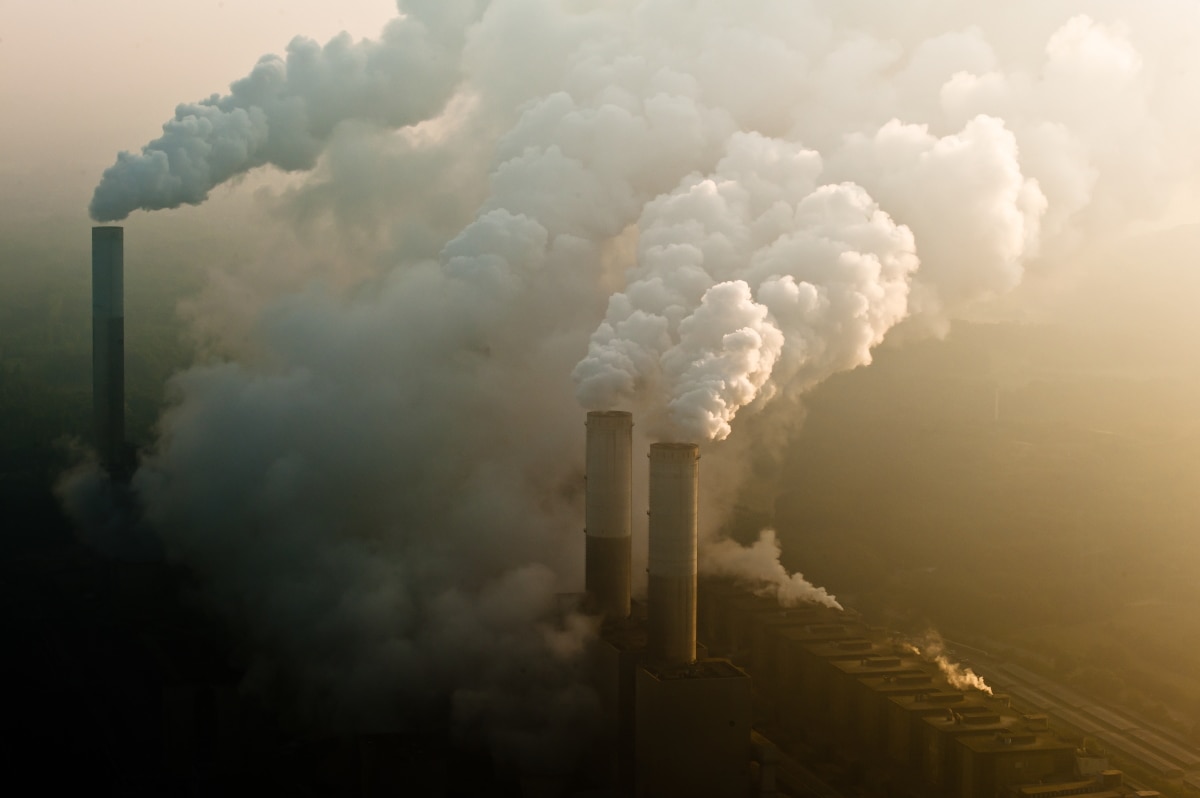China continues to announce new coal-fired power plants and blast furnaces, increasing tensions in the efforts of the world’s biggest polluter to meet its future climate goals.
China’s state-owned firms announced plans to build 43 new coal-fired generators and 18 new blast furnaces in the first half of 2021. According to the Centre for Research on Energy and Clean Air (CREA) report, this would be equivalent to adding about 1.5% to its current annual emissions and emit about 150 million tonnes of carbon dioxide a year. As per the report, Chinese companies have also announced 35 million tons of new coal-based steel-making capacity.
The report said, “State-owned power and steel firms have continued to build and announce new coal-based projects, even as China’s leadership has pledged to aim for carbon neutrality and called for strictly controlling high-energy, high-emission projects.”
Unable to free itself from its decades-old addiction to coal, in early August, the nation’s National Development and Reform Commission (NRDC) announced that operations will resume in dozen of coal mines. According to an environmental group Greenpeace’s report, despite a decline in new approvals in the first half of 2021, China’s 23 provincial governments are planning to launch more than 100 gigawatts (GW) of new coal-fired power capacity, offering financial support to 79 coal-powered projects.
According to the latest data by China Electronics Corporation (CEC) data, coal output grew 6.4% year on year, in the first half of 2021, while imports dropped 19.7% year on year. As per CEC estimates, China’s total power generation capacity will reach 2,370 GW, rising up 7.7% YoY by end of 2021, out of which, coal-fired power capacity will stand at 1,100 GW.
Furthermore, renewable generation is rising in China, but not enough to keep up with electricity demand. Renewables meet only half of the country’s power consumption growth last year.
Prioritizing growth over curbing emissions
The project announcements by Chinese authorities come against the backdrop of Chinese President Xi Jinping’s plan to bring its emissions to a peak before 2030 and to become carbon neutral by 2060. In its 2021-2025 five-year plan, China had vowed to strictly limit the increase in coal consumption over the next five years and start to scale down the use of coal from 2026.
The new development conflicts with the Communist Party’s aggressive measures to reduce carbon emissions and heavy industry-focused spending. Beijing officials also planned to commit $1 tn for environmental cleanup and closure of inefficient coal plants, for an orderly approach to carbon neutrality.
China has also taken steps to transform its automotive market into renewable energy and electric vehicles. Not only that, but it also tightened its grip on cryptocurrency mining, to restrict growing power consumption demand. To get its massive greenhouse emissions under control, China also launched a nationwide carbon trading market earlier this year.
China is the world’s biggest coal producer and consumer. As per data released by BP plc report, global coal production declined by -5.2%, with only China providing a significant increase of 1.2%, outweighing sharp declines registered in several countries. While world coal consumption in 2021 fell by -4.2%, China along with Malaysia registered increasing consumption of coal-fired generation.
As per the CREA report, China built over three times as much new coal power capacity as all other countries in the world combined in 2020. To satisfy its coal appetite, China commissioned 38.4 GW of new coal plants in 2020, which was over three times the 11.9 GW commissioned in the rest of the world. The report also signaled that coal-fired power rose nearly 2% in China while it receded nearly everywhere else.
CREA researchers said in the report, “The key questions now are whether the government will welcome the cooling of emissions-intensive sectors or whether it will turn the tap back on. Permitting decisions on recently announced new projects will show whether continued investment in coal-based capacity is still allowed.”
China and four other countries, India, Indonesia, Japan and Vietnam, account for more than 80% of the coal power stations planned across the world, according to a June report by the think-tank Carbon Tracker.










 Australia
Australia China
China India
India Indonesia
Indonesia Japan
Japan Malaysia
Malaysia Philippines
Philippines Singapore
Singapore South Korea
South Korea Taiwan
Taiwan Thailand
Thailand Vietnam
Vietnam Germany
Germany Hong Kong
Hong Kong USA
USA Switzerland
Switzerland Singapore
Singapore
 United Kingdom
United Kingdom








